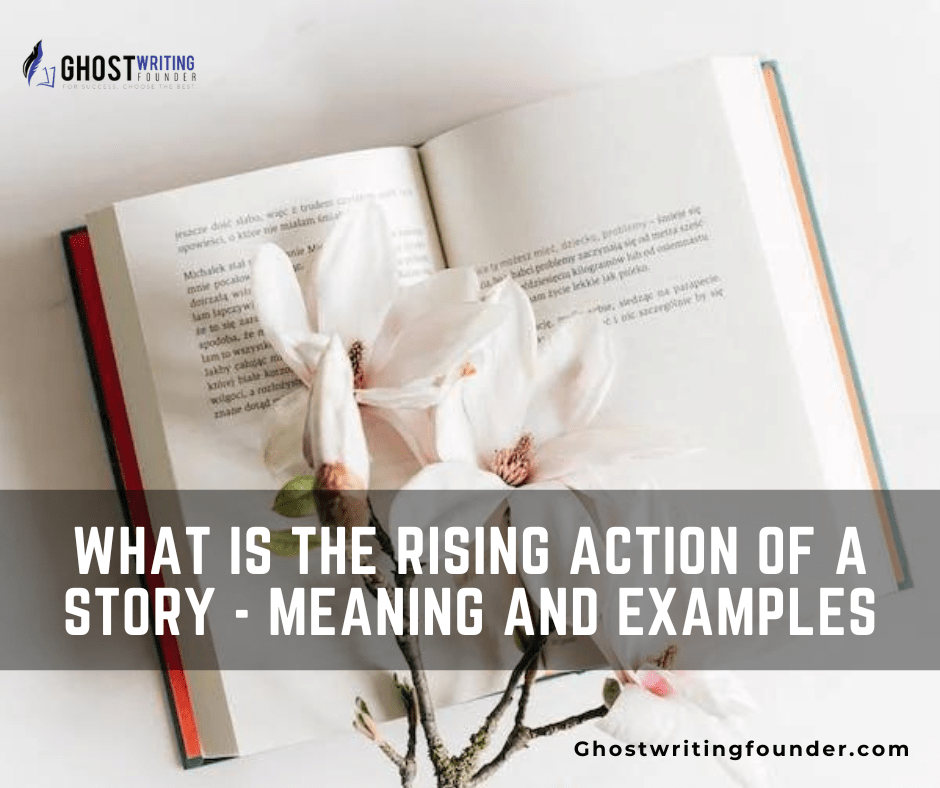
Book Writing
Introduction
In storytelling, every plot follows a structured sequence of events that build tension, captivate the audience, and lead to a satisfying climax. One crucial element of this sequence is the ‘rising action.’ For more insights into crafting compelling narratives, check out The Ultimate Guide to Effective Blog Design. This article will explore the meaning of rising action in a story and provide several examples to help you grasp this essential narrative technique.
Definition
It refers to the event and incidents in a story after the initial introduction and exposition. During this phase, the story’s conflicts and complications are introduced, and the stakes are raised, leading the narrative toward its climax.
Purpose
The primary purpose of the action is to engage the readers and keep them invested in the story, much like the engaging narratives discussed in The Beauty of Book Aesthetics. It builds anticipation and excitement as the plot progresses, making the climax more impactful.
Characteristics
The following are characteristics of rising action which has to consider by story writing services.
Continuous Build-up
The rising action is a gradual progression of events that steadily intensify throughout the story, a concept further elaborated in Crafting a Book.
Conflict Development
It introduces and develops the central conflicts, challenges, or obstacles that the characters must face, similar to the intricate plot developments explored in Exploring the Depths of Literary Fiction.
Character Growth
It allows for the development of characters as they react to escalating conflicts.
Tension and Suspense
The tension builds up, making the readers eager to discover what happens next, a technique well-exemplified in Most Prestigious Book Awards for Book Authors.
Examples in Popular Stories
Let’s discuss the example of rising action in Popular Stories.

Example 1 – Harry Potter and the Sorcerer’s Stone
In J.K. Rowling’s ‘Harry Potter and the Sorcerer’s Stone,’ the rising action begins when Harry receives his Hogwarts acceptance letter, a pivotal moment also discussed in What Genre is Harry Potter? The Magical Classification. As he enters the wizarding world, he discovers his true identity and the legend of the Sorcerer’s Stone. Throughout the story, Harry faces various challenges, such as surviving the dangerous challenges of protecting the Sorcerer’s Stone, leading to the ultimate confrontation with Professor Quirrell and Voldemort. If you want to write an action story and don’t have the skill, Ghostwriting Founder’s Book Editing Services can help you craft a compelling narrative.

Example 2 – Romeo and Juliet
In Shakespeare’s “Romeo and Juliet,” the rising action commences with the fateful meeting of the two lovers at the Capulet’s party. As their love grows, the conflict between their families, the Montagues and Capulets, becomes more pronounced. The tension escalates as Romeo and Juliet secretly marry and are forced to deal with the consequences of their actions.

Example 3 – The Lord of the Rings: The Fellowship of the Ring
In J.R.R. Tolkien’s “The Fellowship of the Ring,” the rising action starts when Frodo Baggins sets out on his journey to destroy the One Ring. As he embarks on this perilous adventure, he is joined by a diverse group of characters forming the Fellowship. The rising action is marked by the increasing dangers they face, such as the Balrog encounter and the betrayal of Boromir, leading to the breaking of the Fellowship.
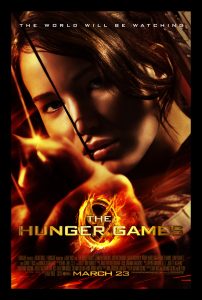
Example 4 – The Hunger Games
In Suzanne Collins’ ‘The Hunger Games,’ the rising action unfolds when Katniss Everdeen volunteers as a tribute, a theme of sacrifice also explored in Books Like The Hunger Games. to take her sister’s place in the deadly Hunger Games. As she enters the arena, she must navigate the treacherous terrain, outwit other tributes, and form alliances to survive. The tension rises as Katniss becomes a formidable competitor, challenging the Capitol’s authority and sparking hope among the oppressed districts.
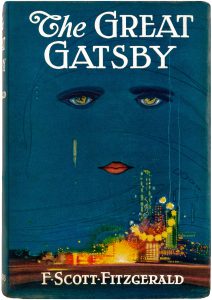
Example 5 – The Great Gatsby
In F. Scott Fitzgerald’s “The Great Gatsby,” the rising action is set in motion when Jay Gatsby throws lavish parties to win back the love of his former flame, Daisy Buchanan. As Gatsby and Daisy reignite their affair, the conflict between Gatsby’s mysterious past and his desire for a future with Daisy intensifies. The rising action culminates in a tragic event that alters the lives of all involved.

Example 6 – To Kill a Mockingbird
In Harper Lee’s “To Kill a Mockingbird,” the rising action begins as Scout and Jem Finch befriend a mysterious boy named Dill and become obsessed with their reclusive neighbor, Boo Radley. The tension builds as they try to unravel Boo’s enigmatic life, and their father, Atticus Finch, defends a black man accused of raping a white woman, leading to community backlash and escalating racial tensions in Maycomb.

Example 7 – The Chronicles of Narnia: The Lion, the Witch, and the Wardrobe
In C.S. Lewis’s “The Lion, the Witch, and the Wardrobe,” the rising action unfolds when the Pevensie siblings discover the magical land of Narnia through a wardrobe. As they learn about the cursed winter under the White Witch’s rule, they join forces with Aslan, the true king of Narnia, to break the curse and free the land from its tyranny. The tension builds as they face battles, betrayals, and sacrifices on their journey to restore Narnia.

Example 8 – The Da Vinci Code
In Dan Brown’s “The Da Vinci Code,” the rising action begins when Robert Langdon, a symbologist, becomes entangled in a quest to solve a murder mystery with religious implications. As he deciphers cryptic clues and unravels ancient secrets, he teams up with Sophie Neveu, the murdered curator’s granddaughter, to uncover a conspiracy that could shake the foundations of Christianity. The action builds as they race against time to unravel the truth and avoid dangerous adversaries.

Example 9 – Jurassic Park
In Michael Crichton’s “Jurassic Park,” the rising action commences when scientists and visitors arrive at the dinosaur-themed amusement park, where cloned dinosaurs roam free. As the park’s security systems fail and chaos ensues, the characters must confront the deadly creatures and find a way to survive the catastrophic events around them.

Example 10 – The Fault in Our Stars
In John Green’s “The Fault in Our Stars,” the rising action begins when Hazel Grace Lancaster, a teenage cancer patient, meets Augustus Waters at a cancer support group. Their tender romance blossoms amidst their shared experiences with illness, but challenges arise as they confront the uncertainty of their futures and the emotional toll of their illnesses on their relationship.
Main Attributes and Elaborate Information
| Section | Description | Key Points |
|---|---|---|
| Introduction | Setting the stage for the article | – Storytelling involves a structured sequence of events. – Rising action is a crucial part of this sequence. |
| Definition | Defining what the rising action is | – Occurs after the story’s introduction and exposition. – Introduces conflicts and complications. – Raises stakes leading to the climax. |
| Purpose | Exploring the purpose of the rising action | – Engages readers and keeps them invested in the story. – Builds anticipation and excitement. – Enhances the impact of the climax. |
| Characteristics | Discussing key characteristics of rising action | – Continuous Build-Up – Conflict Development – Character Growth – Tension and Suspense |
| Examples | Providing examples of rising action in popular stories | – Harry Potter and the Sorcerer’s Stone – Romeo and Juliet – The Lord Of The Rings: The Fellowship Of The Ring – The Hunger Games – The Great Gatsby – To Kill A Mockingbird – The Chronicles Of Narnia: The Lion, The Witch, And The Wardrobe – The Da Vinci Code – Jurassic Park – The Fault In Our Stars |
| Conclusion | Summarizing the importance of the rising action | – Crucial storytelling element leading to climax. – Engages readers and allows for character development. – Craft compelling narratives. |
Conclusion
The rising action is a crucial part of storytelling that sets the stage for the story’s climax. It keeps readers engaged, heightens tension, and allows for character development. By understanding the significance of action, writers can craft compelling narratives that resonate with their audience, making the journey toward the climax all the more rewarding.


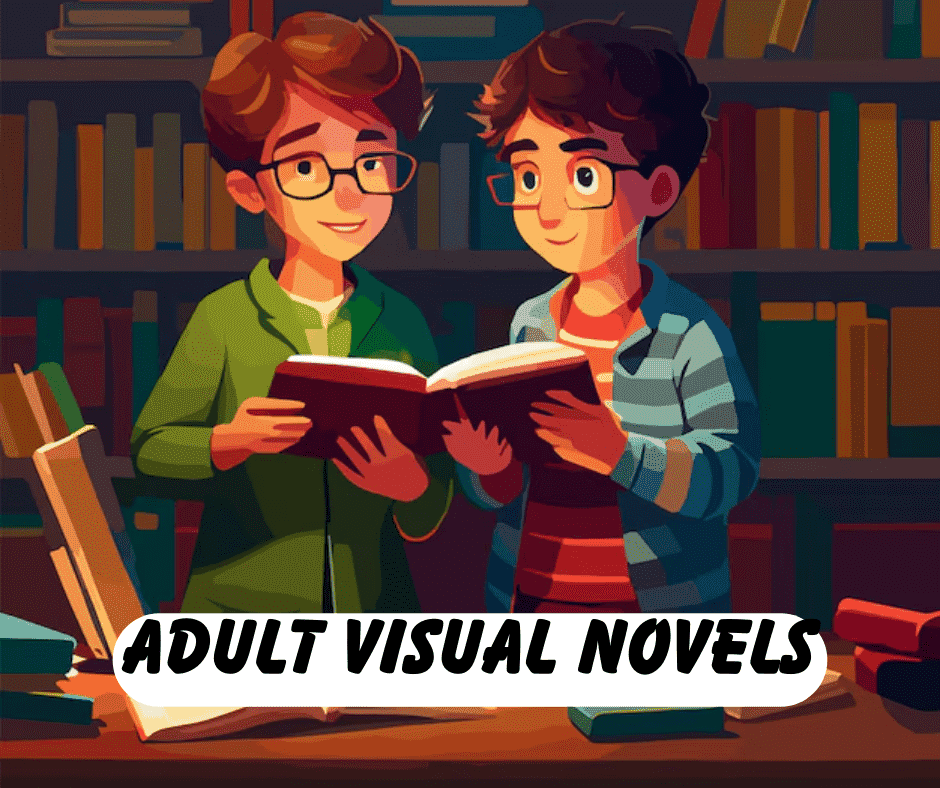
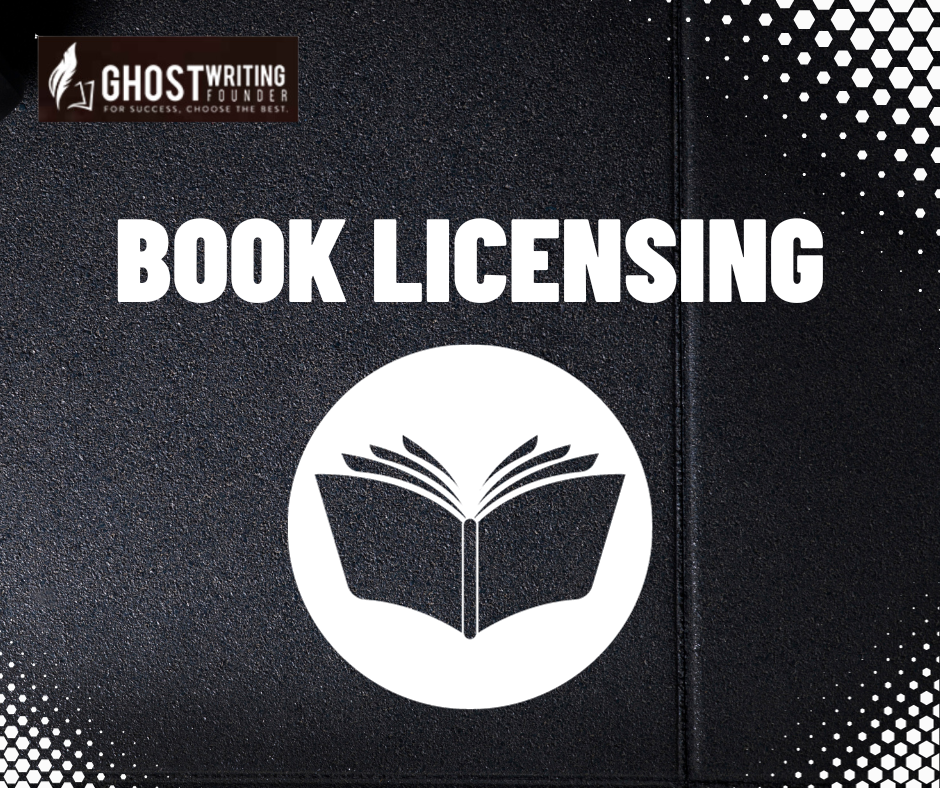





Leave a Reply